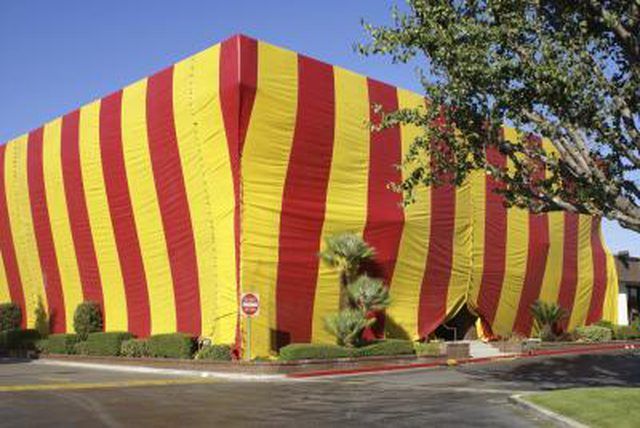Bulbs
Flower Basics
Flower Beds & Specialty Gardens
Flower Garden
Garden Furniture
Garden Gnomes
Garden Seeds
Garden Sheds
Garden Statues
Garden Tools & Supplies
Gardening Basics
Green & Organic
Groundcovers & Vines
Growing Annuals
Growing Basil
Growing Beans
Growing Berries
Growing Blueberries
Growing Cactus
Growing Corn
Growing Cotton
Growing Edibles
Growing Flowers
Growing Garlic
Growing Grapes
Growing Grass
Growing Herbs
Growing Jasmine
Growing Mint
Growing Mushrooms
Orchids
Growing Peanuts
Growing Perennials
Growing Plants
Growing Rosemary
Growing Roses
Growing Strawberries
Growing Sunflowers
Growing Thyme
Growing Tomatoes
Growing Tulips
Growing Vegetables
Herb Basics
Herb Garden
Indoor Growing
Landscaping Basics
Landscaping Patios
Landscaping Plants
Landscaping Shrubs
Landscaping Trees
Landscaping Walks & Pathways
Lawn Basics
Lawn Maintenance
Lawn Mowers
Lawn Ornaments
Lawn Planting
Lawn Tools
Outdoor Growing
Overall Landscape Planning
Pests, Weeds & Problems
Plant Basics
Rock Garden
Rose Garden
Shrubs
Soil
Specialty Gardens
Trees
Vegetable Garden
Yard Maintenance
What Are the Dangers of Termite Tenting a House?
What Are the Dangers of Termite Tenting a House?. Termites cause more damage annually in the United States than fires, tornadoes, hurricanes and windstorms, according to the Maryland Department of Agriculture. While termites can sometimes be managed using spot treatments, more severe infestations require a whole-house approach such as tenting....

Termites cause more damage annually in the United States than fires, tornadoes, hurricanes and windstorms, according to the Maryland Department of Agriculture. While termites can sometimes be managed using spot treatments, more severe infestations require a whole-house approach such as tenting. Termite tenting should only be performed by a licensed professional because of the potential dangers associated with the process.
Termite Tenting Overview
During termite tenting, the occupants of the home, including plants and pets, must find somewhere else to live for two to three days. Pest control professionals drape the house in heavy sheets of vinyl-coated nylon tarps, then secure these with tape and plastic sheeting to form a tent around the home. They pump the tent full of gaseous chemicals, which kill termites, as well as virtually any other living thing within the home. While methyl bromide once served as the primary chemical for termite tenting, it has been phased out in favor of odorless, colorless sulfuryl fluoride. The sulfuryl fluoride is mixed with chloropicrin, a form of tear gas, which helps warn anyone who comes near the house that a dangerous chemical is present. When the tent is removed, both of these chemicals escape into the atmosphere, and the pest control professionals test the air before allowing the homeowners to move back in.
Health Effects
The National Pesticide Information Center calls sulfuryl fluoride a central nervous system depressant -- highly toxic to humans, animals and plants. While remaining in the home during termite tenting means certain death for animals, humans and plants, sulfuryl fluoride rapidly dissipates once the tent is removed from the home, according to the University of California Berkeley College of Natural Resources. The building and the materials within do not retain toxic levels of this chemical. Levels of the gas decline to near undetectable levels, even without the use of fans, open doors or open windows, once the tent is removed. When termite tenting is performed properly, occupants are not cleared to re-enter the home until levels have reached below 1 ppm, a level set by the U.S. Environmental Protection Agency. While there is little data showing how levels of sulfuryl fluoride exposure effect humans, the NPIC reports that dogs exposed to 100 ppm of this chemical for 90 days showed no observable effects.
Risk of Death
Reports of deaths associated with termite tenting are rare. Death can occur if occupants re-enter the home before fumigation is complete and the air has been properly tested. In two separate incidents during the 1990s, Florida residents died after re-entering their homes while fumigation was taking place. In one of these cases, the "Sun Sentinel" reported that only 30 to 40 minutes in the house would be fatal, and also reported two cases in which victims died after re-entering their homes after waiting the recommended period of time after fumigation. In one of these cases, a couple died several days after their home was tented for termites. The pest control company who performed the work failed to test sulfuryl fluoride levels properly before admitting the residents back into the home.
Environmental Dangers
When the tent is removed from a home, sulfuryl fluoride rapidly escapes from the home. Though this gas no longer poses an immediate threat to the home's occupants, it does pose certain dangers to the environment. Sulfuryl fluoride is a potent greenhouse gas, and contributes to global warming. This gas stays in the atmosphere for 30 to 40 years, and may linger for as long as a century, according to the University of California at Irvine. Even worse, this gas is 4,000 percent more effective than carbon dioxide when it comes to trapping heat, which could contribute to climate change.